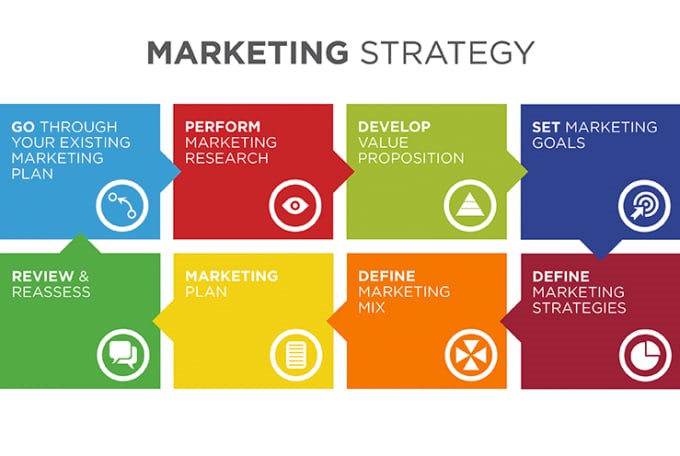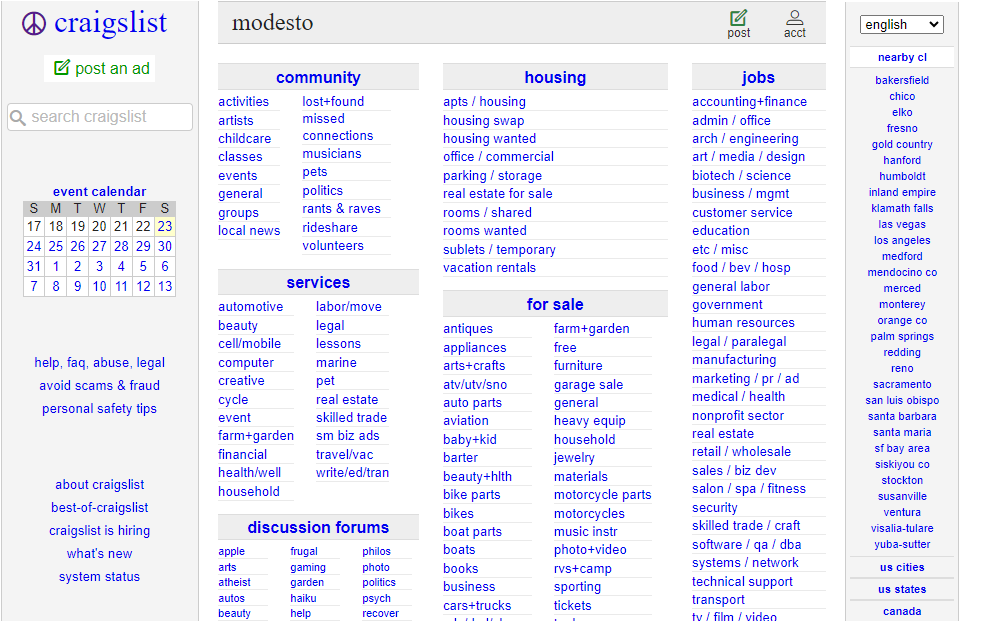According to the Bureau Of Labour Statistics’, 20% of small businesses in the US fail in their first year. 42% of companies fail due to poor marketing strategies. 23% of businesses fail because they didn’t have the right team of employees. All in all, running a business, small or large, is not a child’s play. You will encounter a slew of challenges that may hinder the growth of your business. But the good news is that you can overcome those challenges with the right tips.
There are over 180 million companies all over the world. The competition is quite fierce out there in the corporate sector. Thus, it is mandatory to overcome the challenges to achieve your business goals successfully. Here’s a list of the top four common challenges businesses usually encounter. Also, check out the tips on how to overcome them.
-
Inappropriate marketing strategies
Say you provide homework help to students of all educational levels. Wouldn’t it be difficult for you to reach your target audience (students) without proper marketing strategies? The right marketing strategies will help you target the right audience. Inappropriate marketing strategies will not only cost you your potential customers but also lead to serious budget problems.
There are specific marketing strategies for each industry. Influencer marketing, for instance, is most suitable for fashion industries. Similarly, video marketing is most suitable for the B2B sector. You must choose the method that fits your business needs.
How to build an effective marketing strategy?
- Determine your target audience.
- Highlight the benefits of your products and the difference they can make in someone’s life.
- Learn the strategies used by your competitors.
- Define your buyer personas.
- Finally, pick the marketing methods that communicate your brand messaging the best.
Sephora designed a very effective loyalty program as a part of its marketing strategy. This program divided the rewards into three levels depending on the annual spending of their customers. The rewards were desirable. And this strategy incentivised purchases for their consumers, thereby increasing the company’s revenue almost tenfold. You can check out other such marketing strategy examples for inspiration.
-
Lack of qualified applicants/employees
Say, you run a content marketing firm for Australian clients. You are most likely to need a team of content writers who have knowledge in SEO content writing and are fluent in Australian English. Would it serve your purpose if you end up hiring inexperienced candidates who do not meet any of your requirements? In short, it is almost impossible to achieve your business goals if you do not have qualified employees in your organisation.
The recruitment and selection process involves a wide slew of steps. Make sure the HR works closely with your managers throughout the interviewing process. The HR department is aware of the budget and objective of the organisation. The manager, on the other hand, knows what kind of skills an employee must have to be the perfect fit for the job.
How to find the right candidates for your organisation?
- Know your ideal candidate.
- Learn why your current employees love to work with you. Use these facts to attract your ideal candidates.
- Write a clear and precise job description.
- Use an effective recruitment marketing tool.
- Introduce an Employee Referral Program. This will encourage your current employees to refer qualified people to your jobs.
Small businesses usually handle all aspects of their businesses single-handedly. From marketing to human resource management, one person is assigned to take care of most of the tasks. Most companies may not have enough budget to spend on a hiring manager. Thus, the Employee Referral Program is perfect for these businesses to hire qualified candidates.
-
Reduced customer retention rate
Let’s assume that you own an online fashion brand. You have even earned a significant amount of traffic to your website within the first year. What’s the point of your hard work if you aren’t able to retain your customers after that? What if your competitors present better quality products at lower costs? You will end up losing your new and existing customers, won’t you? Poor customer retention rate can make it tough for you to gain consumer loyalty.
Your probability of selling a product to an existing customer is nearly 40% more likely than acquiring a new customer for the product. Also, you will have to spend less money on customer retention than for attracting new consumer for your services.
How to retain consumers for your brand?
- Personalise your customer experience, thereby catering to their specific interests.
- Send regular emails to communicate with them successfully.
- Provide loyalty rewards to your loyal online shoppers.
- Build reliable relationships with your consumers through useful conversations.
- Give a reason to your customers to re-purchase products that they had shown interest in.
It is important to go the extra mile to ensure that your customers remember your brand. Consistent and regular acts of delight make your customers believe that your brand cares for them. These little measures will make them want to stay loyal to your business. Some of them may even refer their friends to your services.
-
Poor social media reputation
To stay on top of this corporate world, you must focus on your online presence. Creating profiles on social media platforms is easy. The problem arises when the negative reviews of your brand increase throughout the social media profiles. Your existing customers may start having second thoughts about opting for your services. Your potential customers may have trouble believing the credibility of your brand.
You must understand that social media growth isn’t a one-day soccer game. But, you have to be consistent when it comes to working on social media profiles. You can also use the right social media management tools. These tools can make scheduling and publishing multiple posts across several social media platforms way easier.
How to manage your social media reputation?
- Resolve the issues that could affect the reputation of your brand on social media.
- Post engaging and relevant content to make sure your social media pages don’t go stale.
- Focus on increasing positive reviews, thereby suppressing the importance of the negative ones.
- Share your best reviews on your social media pages.
- Encourage your customers to leave feedback every time they are happy with your services.
You may not be able to make everyone happy through your services. But, you can always learn what went wrong through the negative reviews. Try to gain insights on the customer experience through the reviews. If your customers felt that your customer service would be better if it responded to their queries quickly, try working on that.
Wrapping Up,
These are the most common challenges usually encountered by most of the businesses. Implement the tips as discussed in this blog, and you will be able to overcome all the challenges with time. Stay focused, and there will be nothing to stop you from achieving your business goals.
Author Bio:
John Cooper is a marketing manager for a reputed multinational corporation in United State. He has pursued his MBA in marketing from Bond University. He is also a part of Tophomeworkhelper.com where he offers CPM homework help service to students.











Add Comment